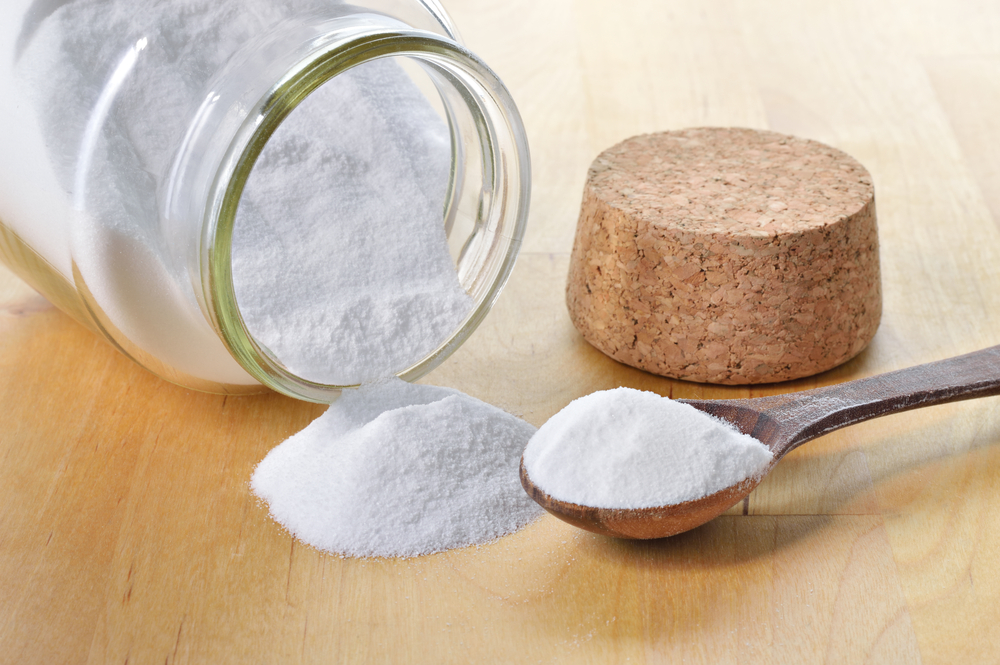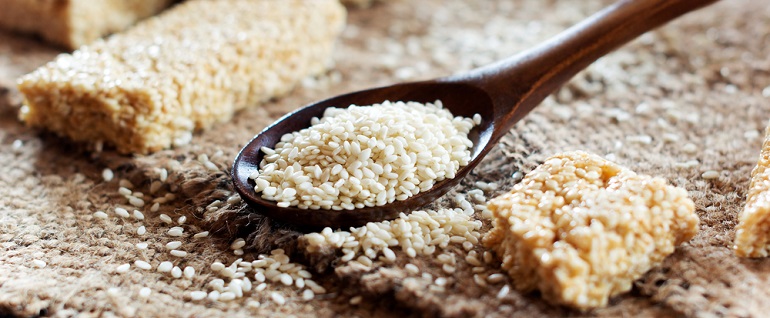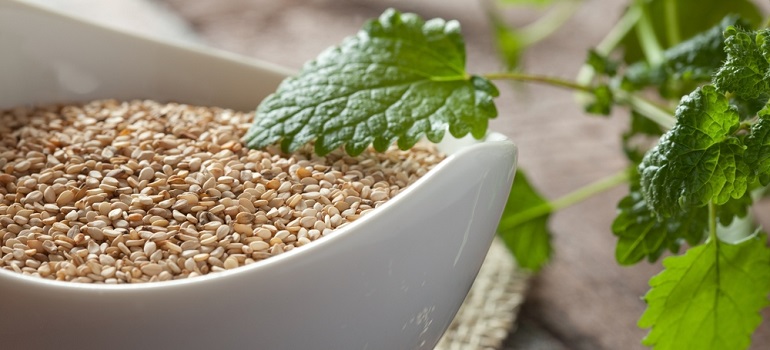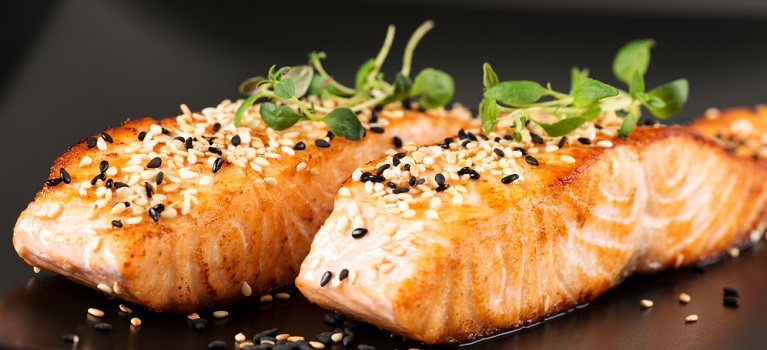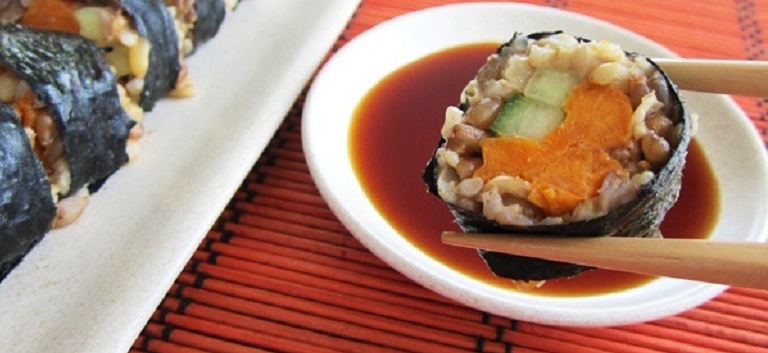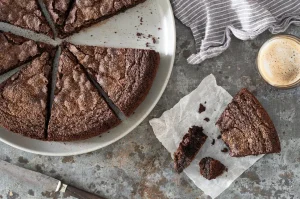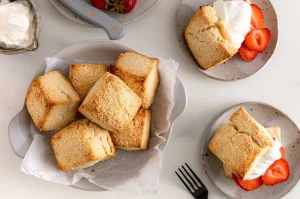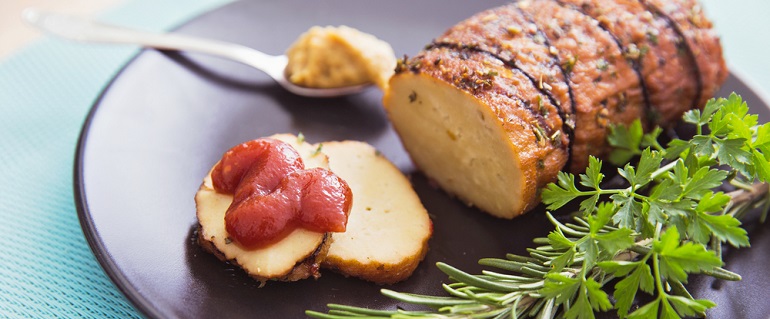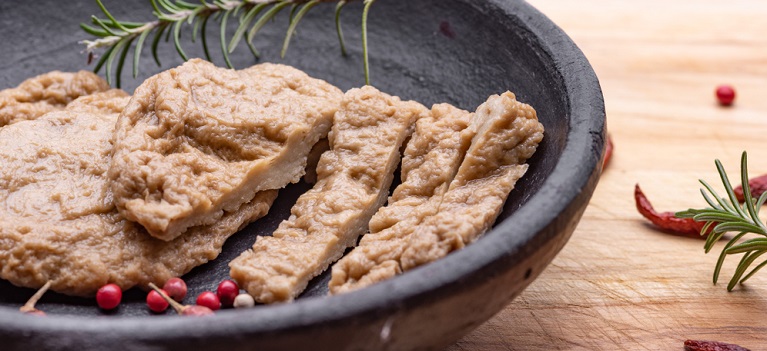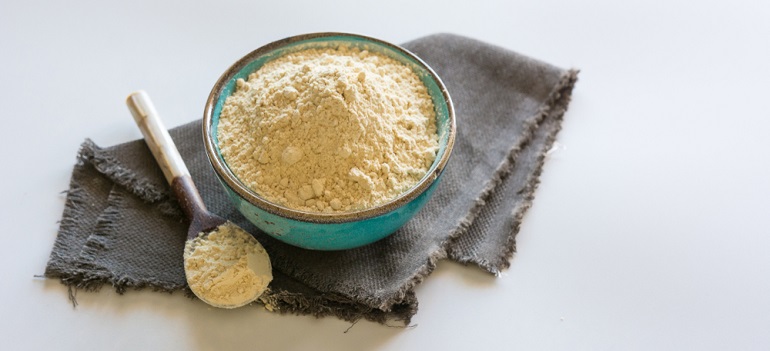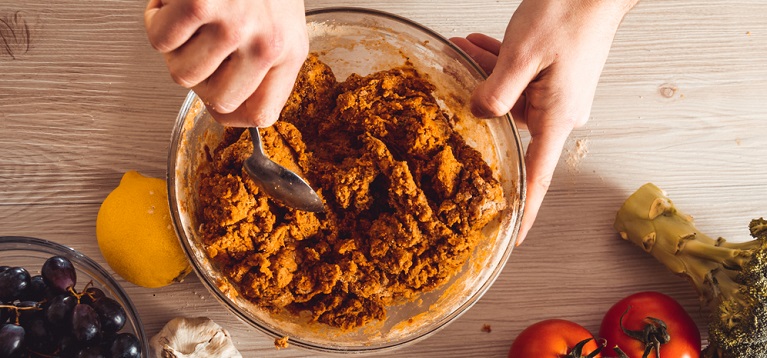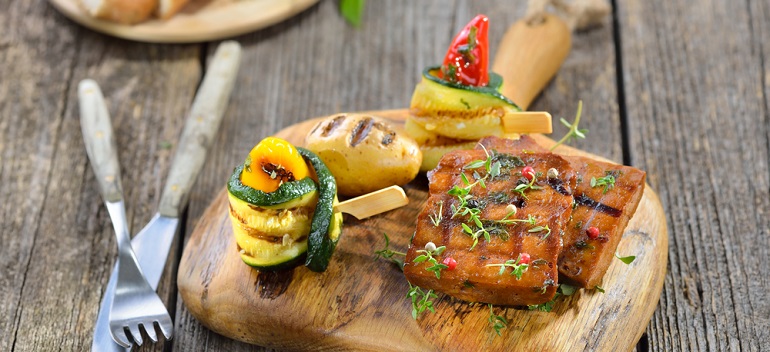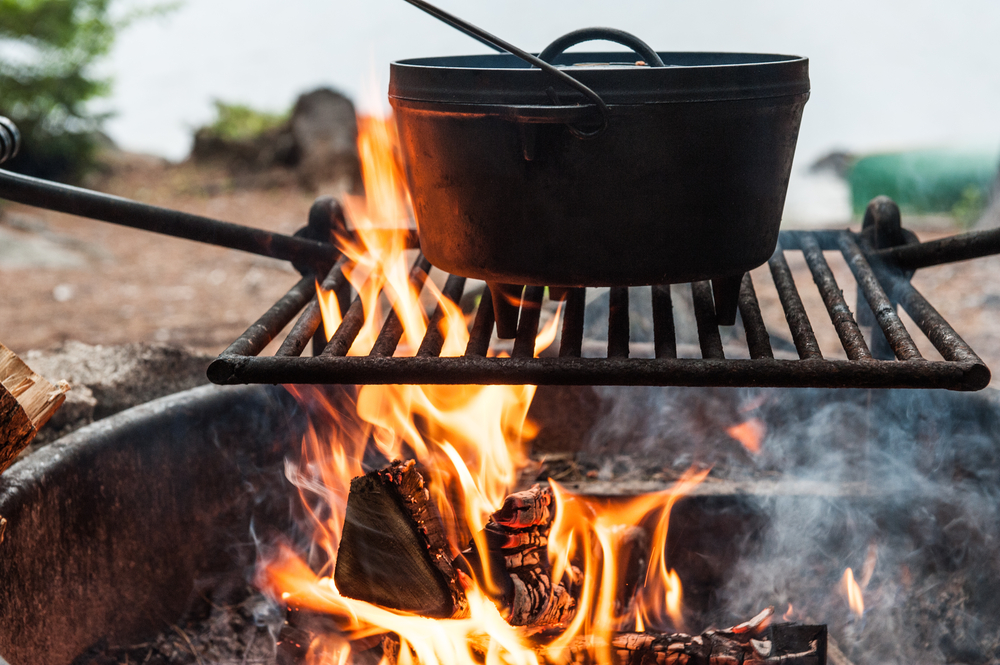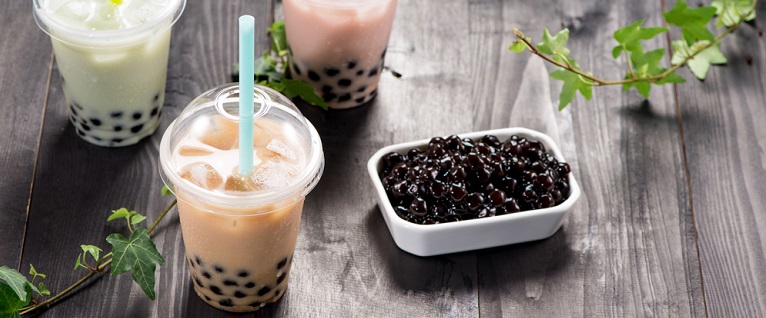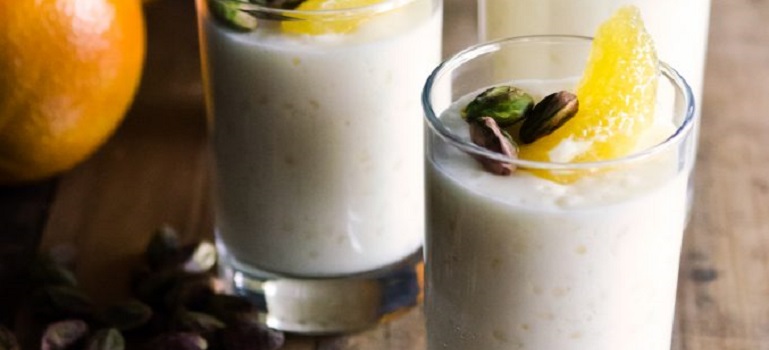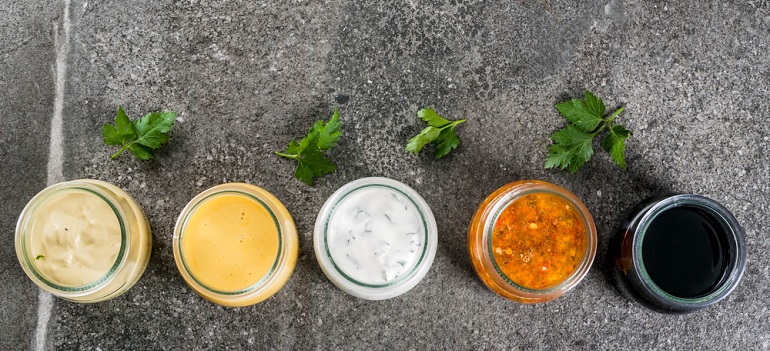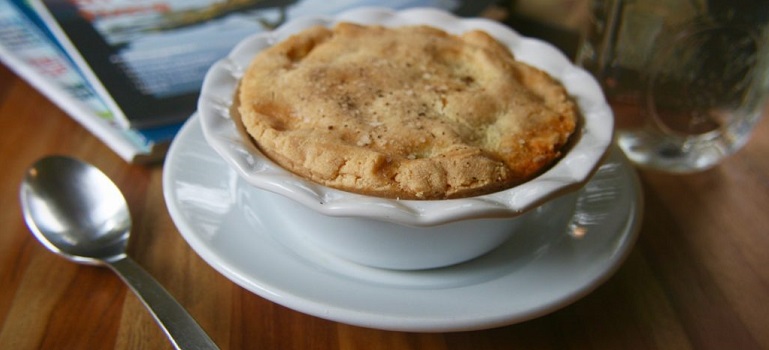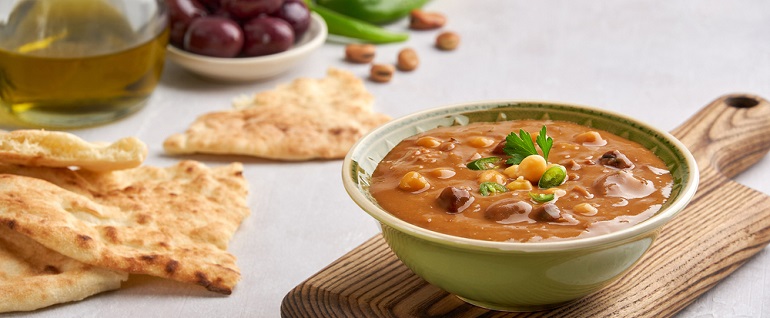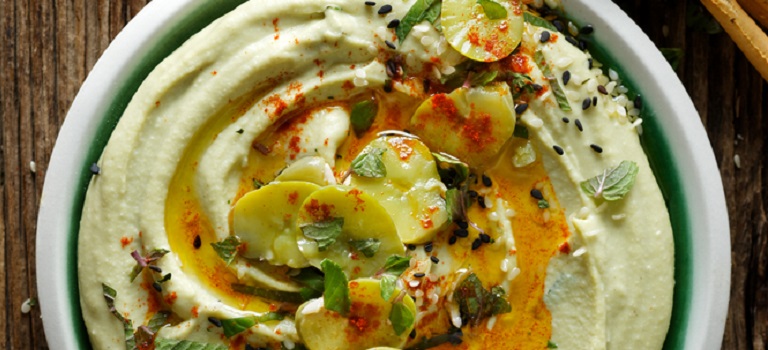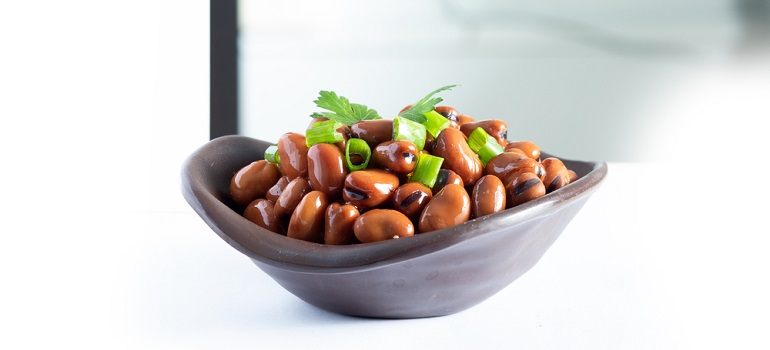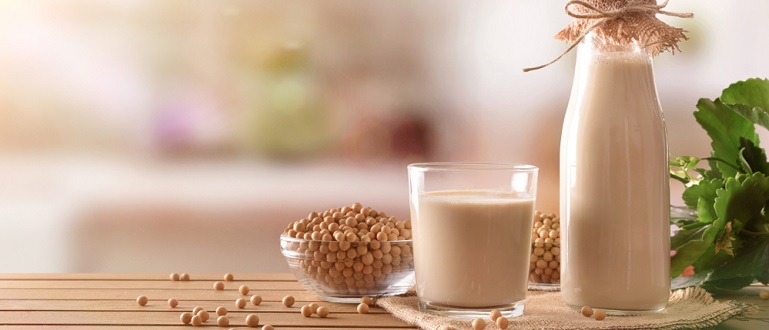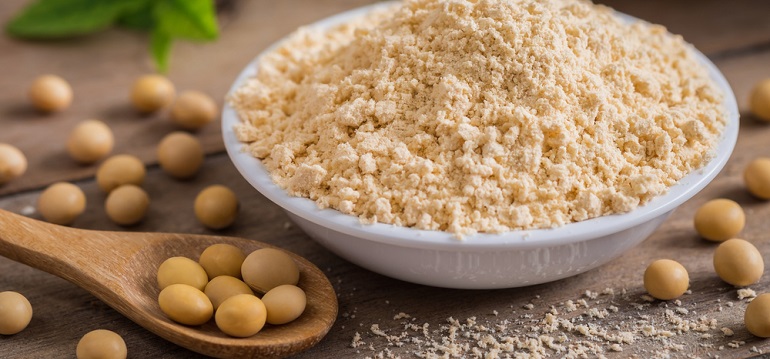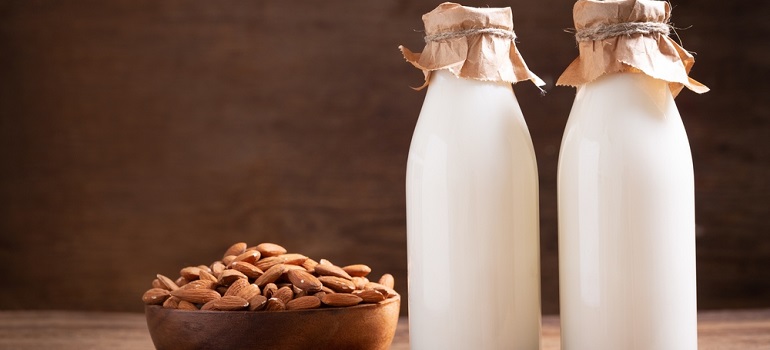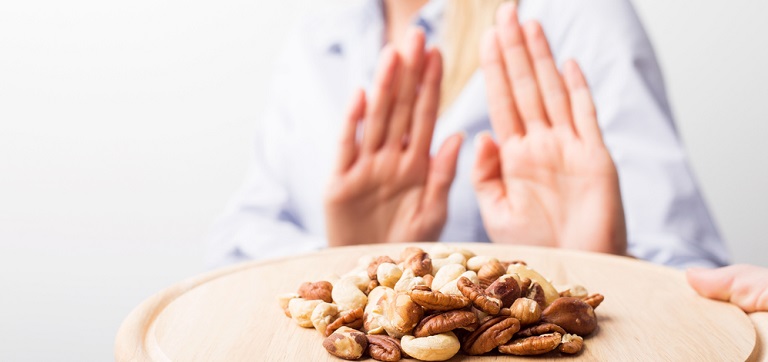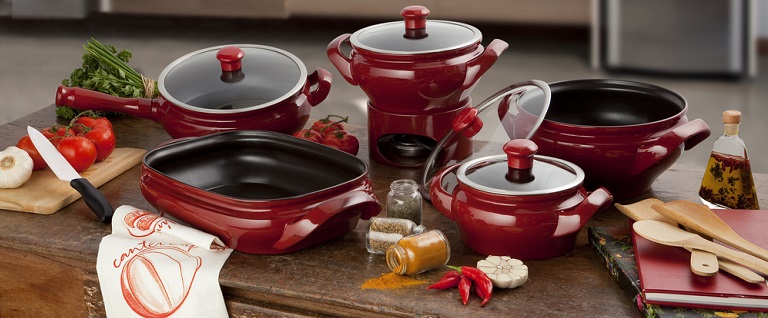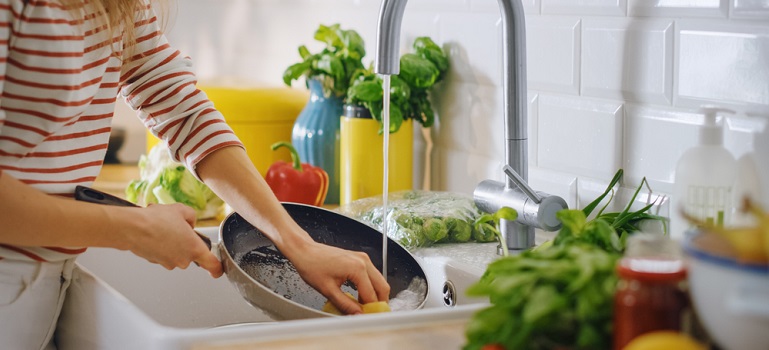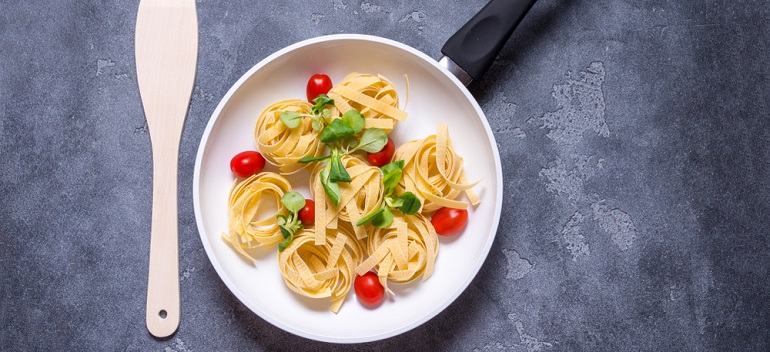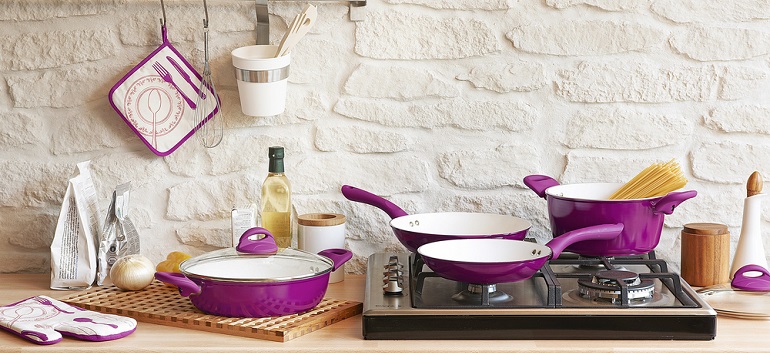From homemade breads to braised meat, the Dutch oven is a piece of cookware that finds itself on the wishlists of home chefs everywhere. It’s typically made from seasoned or enameled cast iron or ceramic and is able to withstand high heat. A versatile kitchen essential, the Dutch oven comes ready to handle most cooking tasks, keeps your food warm and waiting for extended periods of time, and tends to produce richly flavored end results that dinner guests swoon over. If you are a home chef that wants to take their cooking skills to the next level, then a classic enameled Dutch oven just might be a worthy investment.
This article is going to answer the questions “What is a dutch oven and what is it used for?” Keep reading to learn about the many benefits and uses of this cast iron cookware.
Bread
One of the easiest (and more surprising) ways to use a Dutch oven is actually for breaking bread. About a decade ago, professional baker Jim Lahey found that perfectly golden bread could be made without the need for kneading, instead shaping it in his Dutch oven. Since then, bread enthusiasts everywhere have purchased the classic Dutch oven with only one desire: to bake incredible loaves of homemade bread with little effort right in the comfort of their own kitchens. If you’re looking to try it out yourself, here’s the recipe for No-Knead Artisan Bread that can be found on our bags of Artisan Bread Flour.
Casseroles and Lasagnas
Devout followers of the Dutch oven swear by its incredible ability to make one-pot casseroles and lasagnas. Spread a layer of sauce, a layer of pasta or tortillas, a layer of cheese, then bake it all in the Dutch oven until it’s cooked through and ready to be devoured. For a simple and taste-filled weeknight meal, try assembling this hot and bubbly Easy Enchilada Casserole in your Dutch oven.
Skillet Cookies
If you’ve ever sat around a restaurant table with friends going bite for bite into an ice cream-topped skillet cookie, you’ve more than likely dreamt of making your own at home. With a Dutch oven, the good news is you can! Simply add your homemade cookie dough in an even layer to your Dutch oven and bake until golden. As an after-dinner sweet treat, experiment with a mix of chocolate and marshmallow with this recipe for A Chocolate Marshmallow Skillet Cookie.
Chicken Stock
Dutch ovens are notorious for roasting chickens, so when it comes to homemade chicken stock, they’re your easiest bet. Once you’re done roasting the chicken, save the juices and use them as a base for your homemade chicken stock. It saves you the extra time spent cleaning and also makes for a rich and wonderful homemade stock that you can cook right on the stovetop. With your chicken stock prepared, try this recipe for Lemony Chicken Barley Soup, a hearty dish made with pearl barley and lemon.
Frying
Frying can often prove to be messy and full of oil splatters, but it’s a method of cooking that can come in handy for everything from homemade donuts to latkes. Because the sides of the Dutch oven are tall and the fact that it can handle extremely high heat, this makes it a perfect candidate for all your once-in-a-while frying needs. If you’re looking to fry something unique and tasty in your own Dutch oven, give this Gluten Free Fried Chicken recipe a try, it’s made with almond milk, apple cider vinegar, and Bob’s Red Mill Gluten Free 1-to-1 Baking Flour.
Braised Meats
We promise you’ll love this easy fall dinner recipe. The technique of braising meats is surprisingly simple (especially when considering the end result it yields). After seasoning and searing your meat in the Dutch oven, take it out and add a simple mixture of onions, celery, and carrots. Next, deglaze the pot, return the meat, let your liquid simmer, then move it all into the oven at 325°F. In this process, the magical workings of the Dutch oven are truly given their time to shine. Pair the richness of a braised meat dish with something like this Market Greens with Millet salad, and you’re all set for dinner.
Roasting
Okay, here comes one of the primary reasons why household cooks everywhere opt for purchasing a Dutch oven: its incredible roasting capabilities. In a large Dutch oven, you can actually prep an entire chicken with a simple mixture (like lemon, garlic, onion, butter, salt, pepper and fresh herbs) then slide it into the oven and let it do its thing. In approximately an hour and a half, you’ll have a crispy, juicy, beautiful chicken that’s bursting with flavor. After your chicken is finished, pair it with any one of these 6 Stunning Grain Bowls for a delicious and nutritious meal.
Poaching Chicken
If you’re looking for a moisture-filled and tender chicken, you may lean towards the idea of poaching to prevent dryness. Because the Dutch oven is deep and also good at retaining heat, it can hold your chicken and your water while still allowing room for it to simmer to perfection. Poached chicken works well for shredding and including in recipes like this Chicken Taco Casserole (which you can conveniently make in your Dutch oven).
Soups, Stews, and Chilis
When it comes to soups, stews, and chilis, there’s nothing quite like the intensity of the layered flavors that a cast iron Dutch oven brings forth. You’re able to start with ingredients like veggies, add your meats, beans, or whatever you’d like, then top it all with cheese or additional fresh herbs. Whether you’re going for a beef stew or a hearty vegan chili, you’ll be able to cook a variety of different recipes with this piece of cast iron cookware. Bob’s Red Mill Vegi Soup Mix is made from a hearty combination of yellow and green split peas, barley, lentils, and pasta, and makes for a great base for soups, stews, and chilis that can be cooked right on the stove.
Risotto
Risotto is famous for requiring an immense amount of constant stirring when it’s done the traditional way on the stovetop. Enter the Dutch oven and your weeknight dinner just became a whole lot easier! Bake your rice and chicken stock in the oven, covered, until the liquid has been absorbed. When you pull it out, give it a hearty stir, and you’ll be left with creamy and wonderful risotto (made with a lot less effort). Experiment with the selection of unprocessed rice for an appealing risotto texture, or try this recipe for Vegan Quinoa Mushroom Risotto.
Applesauce
With the slow cooking style of the Dutch oven and its ability to be popped straight into the oven, it’s the perfect vessel for creating sweet and beautiful baked applesauce. Simply peel, quarter and core your apples, toss them in with some brown sugar, butter, cinnamon and lemon juice, and bake until the apples are soft. Serve warm (perhaps over a bowl of ice cream sprinkled with some Rolled Oats).
Pasta
Many of us are used to boiling a big pot of water when we’re creating a pasta dinner. However, when the Dutch oven enters the kitchen scene, pasta can become way more fun and full of flavor. If you use a combination of liquids (broth or wine) that double as sauce ingredients while also cooking your pasta through, you can save water, time, eliminate dishes, and also end up with a flavor-filled result. For a fresh and tender homemade pasta, give Pasta Recipe a try, made with olive oil, eggs, semolina pasta flour, and water.
Other Creative Uses
Although the Dutch oven is clearly an ideal choice for a variety of yummy, easy recipes, it has a couple other creative uses, too. It can be used as a way to keep food cold. Just fill it with ice water, let it sit, pour it out, dry it, then add your food to keep it chill and fresh. In addition, the enameled lid of a cast iron Dutch oven can be turned upside down, covered with foil, set upright in its knob, and used to hold food that needs to be browned. And finally, for the campers out there, the Dutch oven (depending on the brand) is known as a trusty companion to meals done over the campfire.
Types of Dutch Ovens
Lodge: The Lodge Dutch oven is porcelain-enameled, oven-safe up to 500°F, and can be used on any cooktop, aside from over the campfire. They do, however, make a cast iron deep camp Dutch oven perfect for outdoor adventures.
Le Creuset: A pricier Dutch oven than some of the others, you can cook anything in this enamel-coated beauty. You can find a Le Creuset Dutch oven in a variety of sizes to suit your needs.
Tramontina: With an enamel coating and an ability to withstand oven temps up to 450°F, this is a great choice for large families or those who love hosting gatherings.
Anolon: The Anolon has a matte black enamel interior, large size handles that make it easy to hold, and is oven safe up to 500°F.
Staub: Known for its ability to brown evenly, the Staub Dutch oven lid can withstand 500°F, and the pot can deal with 900°F!
Whether you’re using your cast iron Dutch ovens for a dessert dish of skillet cookies, a big batch of applesauce, or to roast a whole roasted chicken, the possibilities for this versatile kitchen essential are endless.
Happy cooking!
